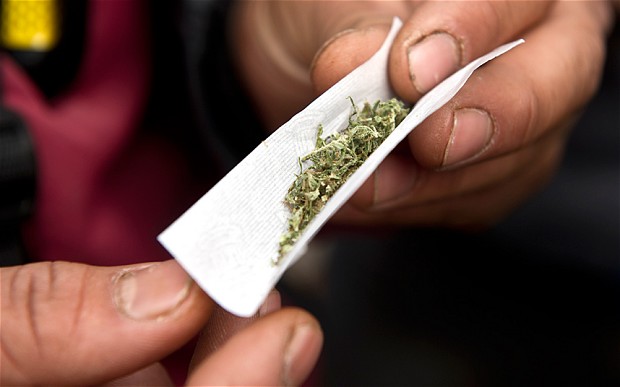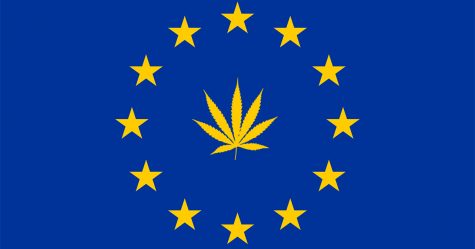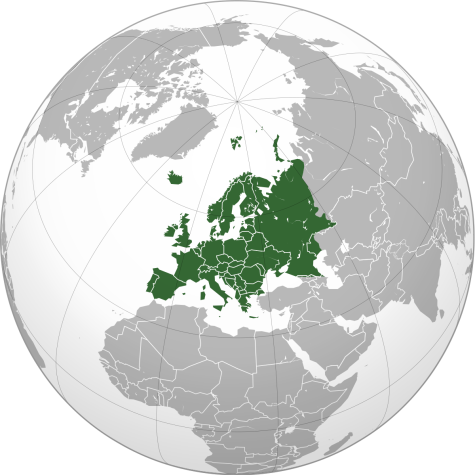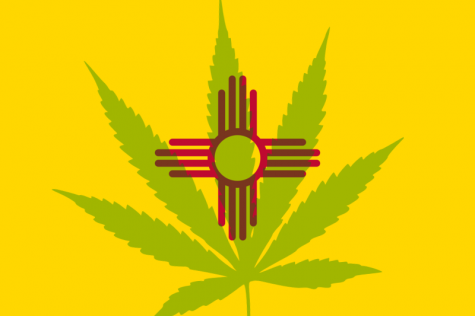Average cannabis sales are significantly higher on the Oregon-Idaho border
Based on recent data published by the Oregon Office of Economic Analysis (OEA), cannabis sales along Oregon’s border with Idaho are better than they’ve ever been. Experts anticipated the sales boom, since the cannabis plant is still illegal in Idaho.
“In things you cannot make up, Oregon sales per adult along the Idaho border are 420 percent the statewide average,” said OEA economist Josh Lehner in an official statement. Ironically, 420 is the phrase used to describe cannabis culture.
The sales figures tell us that cannabis consumers in Idaho are taking advantage of the fact that its neighbor has legalized cannabis. However, Lehner believes that the recent surge in sales also reflects buyer behavior among Oregon’s residents who travel across the border for work or pleasure.
Washington is also experiencing higher-than-average cannabis sales
It’s not just Oregon that is experiencing a cannabis sales boost but also, Washington. Both states have legalized the plant for recreational purposes, whereas Idaho has outlawed the substance. Higher-than-average sales have been recorded in Washington; something that Lehner attributes to the fact that the regulations vary between states, e.g., tax rates and buying rules.
“Obviously recreational [cannabis] is not legal in Idaho, but even after throwing the data into a rough border tax model that accounts for [people’s] income, number of retailers, tax rates and the like, there remains a huge border effect,” Lehner wrote.
The border effect that Lehner talks about has accounted for 75 percent of cannabis sales in Oregon and 35 percent of cannabis sales in Washington. He came to this conclusion after analyzing data from the Oregon Liquor Control Commission and the Washington State Liquor and Cannabis Board.
Cannabis sales 16 percent higher per capita on Oregon’s side of the border
According to the OEA analysis, cannabis sales on Oregon’s side of the border are 16 percent higher per capita. Since Oregon’s cannabis taxes are lower than they are in Washington – where fewer retailers are located – Consumers are spending more on Oregon’s side of the border.
“This speaks to product availability and the final price to consumers being key driving factors in consumer spending patterns, which create much of the border effect,” Lehner wrote. “Our office’s forecast calls for sales to grow approximately 80 percent over this time period as incomes grow, the state’s population increases, and [cannabis] becomes more socially acceptable and usage rates rise,” he added.
In 2018 – four years after Oregon Ballot Measure 91 was effectuated – the state had pulled in $578 million in sales revenue. Over in Washington – which legalized recreational cannabis in 2014 with the passing of Initiative 502 – retail sales have topped $492,377,790.








